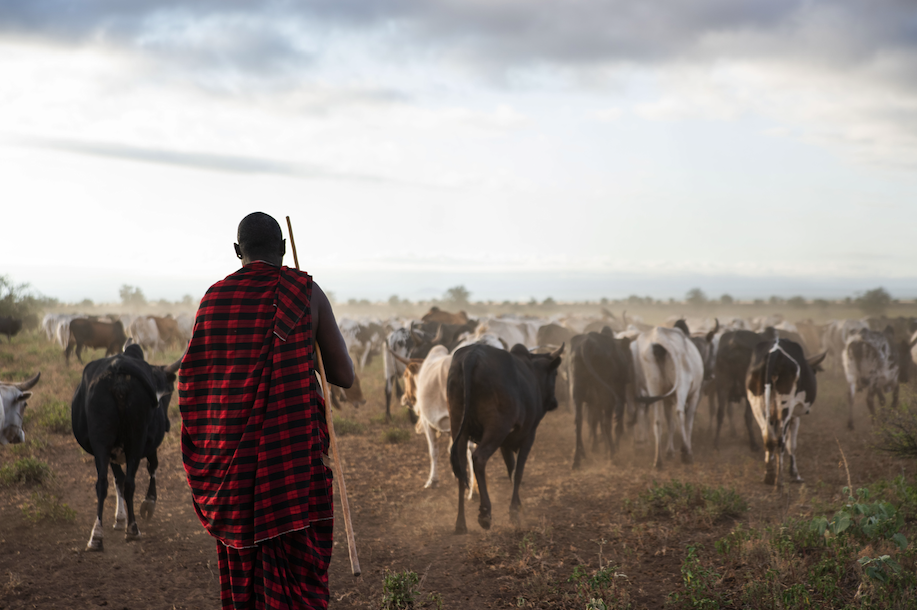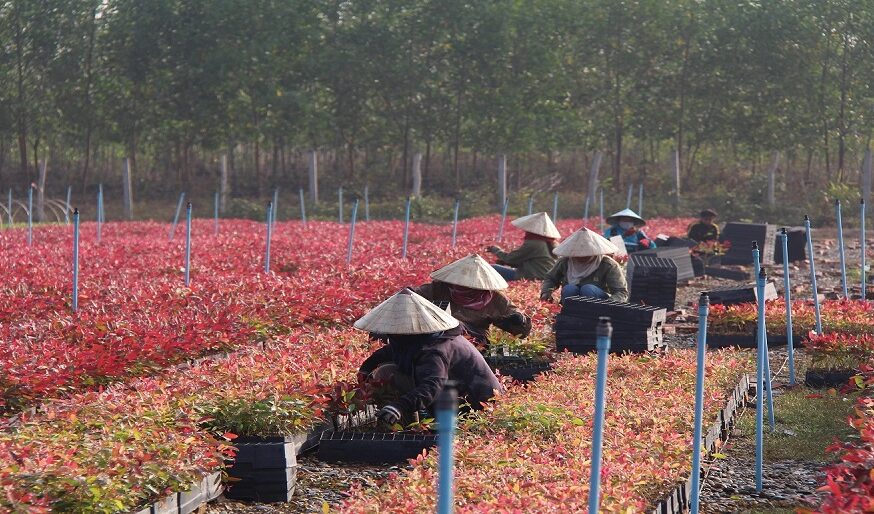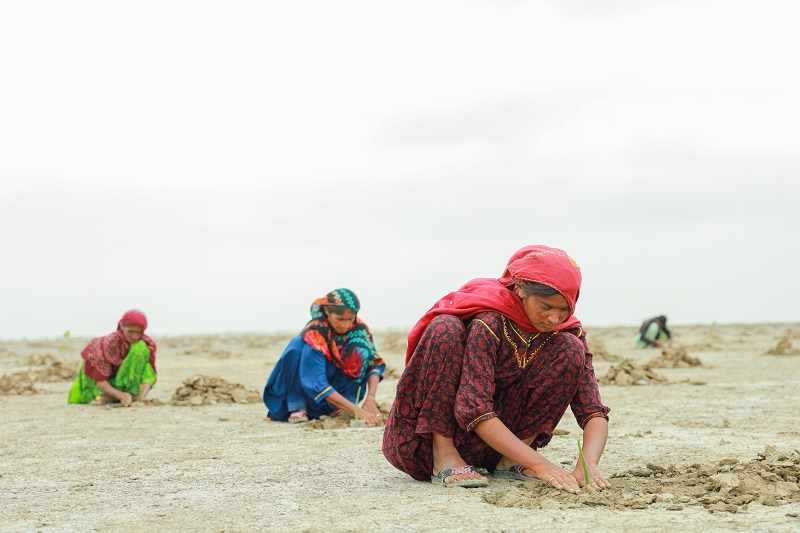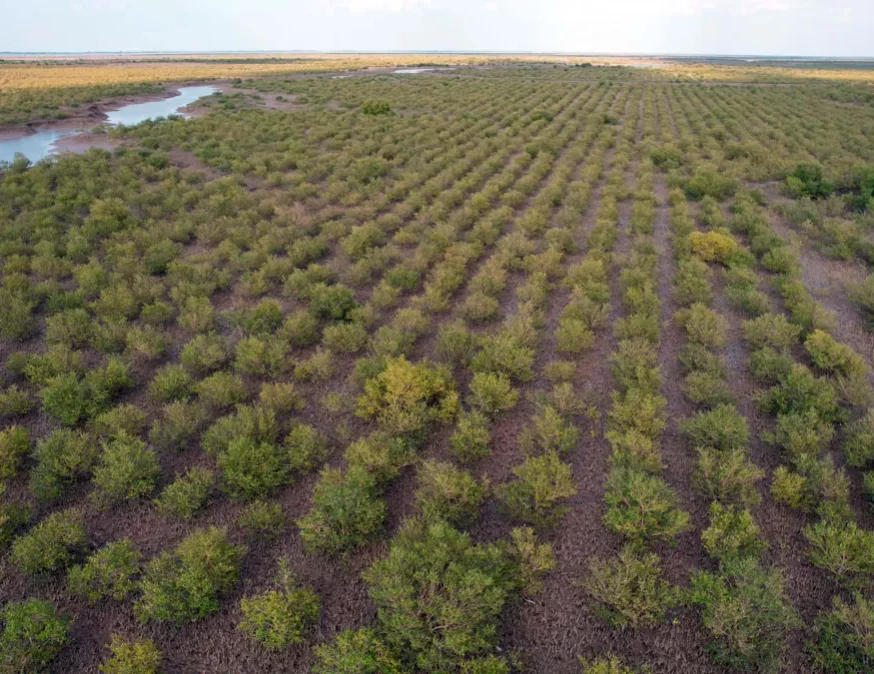Carbon crediting projects are not solely about removing or reducing the volume of CO2 in the atmosphere – the best projects are centred around people. Carbon revenue can fund infrastructure, education, and loans to further the UN Sustainable Development Goals (SDGs) and improve peoples’ daily lives.
But, there’s a catch. This revenue is entirely dependent on the voluntary carbon market. There must be demand and a willingness to pay a fair price for credits. The instability of the last two years has compromised the market’s ability to support sustainable development. Here we take a look at the benefits carbon revenue can bring to remind you what’s at stake.
The logic of revenue sharing
Carbon revenue should always be equitably shared with those living locally. Land rights vary by location, but whatever a community’s legal status, it is always fair and just to share profits generated from conserving and restoring their lands. Not doing so would not only be a huge ethical breach but also guarantee the failure of projects.
People might have lived within the carbon project site for generations. They likely hold immeasurable land management expertise, understanding far better than external stakeholders how to live without extracting too much from the natural world. Paying people for sharing their knowledge is not a good deed – it’s the only responsible way to do business in this sector.
What is more, there is a very practical reality that means without revenue sharing projects will always fail. The biggest driver of deforestation and degradation is poverty. Communities turn to extractive practices to make a living. Utilising carbon credit revenue to establish other sources of income, means natural carbon sinks stay intact. This principle is core to any good nature-based solutions project.
See guidance from the World Economic Forum for more here.
How does carbon revenue work?
Project developers and intermediaries agree on the terms of carbon revenue sharing with local people. These typically set out the percentage of profits that the local community and the project developer will each earn from carbon credit sales. Project developers and intermediaries can also commit to sharing additional revenue if credit prices rise.
Some countries are setting minimum requirements for revenue sharing. For example, in 2023 Tanzania stipulated that project developers must pay local people 61 percent of profits. Carbon Tanzania, the developer of two of our flagship portfolio projects, worked closely with the government to create this regulation.
Revenue-sharing agreements also clarify how finance will be distributed. Broadly, delivery falls into one of the following three categories:
- Direct financial payments: Cash payments can be made directly to individuals, households, community groups or community development funds.
- Income diversification: Carbon revenue can be used in loan schemes. These support sustainable agriculture, agroforestry or non-extractive businesses to grow.
- In-kind benefits: Instead of cash, carbon revenue is delivered in the form of farming equipment, training or workshops in line with people’s priorities.
When it comes to allocating carbon revenue, participatory decision-making is best practice. Local people should always lead discussions about spending – they will obviously know best what is needed and should be prioritised. For example, in Makame Savannah (one of Carbon Tanzania’s projects), people raised their fears at a community meeting. Parents didn’t like that their daughters had to walk alone during their long commutes to school and were sometimes opting to keep them at home. To solve this issue, the community decided to use carbon revenue to build dormitories at the school so girls could stay overnight.
Carbon revenue in action
Over the years, we’ve seen how this funding furthers the UN SDGs and creates opportunities. People have built schools and healthcare facilities; they’ve trained in forest monitoring and funded university places. Here are three examples from our flagship portfolio:
Gola Rainforest Conservation
Where: Sierra Leone
What: Forest protection (REDD+)
How is carbon revenue used?
The project runs 35 farmer field schools to help local farmers integrate commercially viable and sustainable practices into their work. To date, 90 ‘master farmers’ have been trained and a further 66 have qualified as gender inclusivity trainers.
The project also runs 35 community-managed loan schemes from which 450 people have benefited to date. It supports UN SDGs including No Poverty, Decent Work and Economic Growth and Quality Education.
Carbon Tanzania
Where: Tanzania
What: Forest protection (REDD+)
How is carbon revenue used?
In 2023, Carbon Tanzania’s projects collectively paid US$6,904,159 to people living locally in its conservation zones. We have two of Carbon Tanzania’s projects, Ntakata Mountains and Makame Savannah, in our flagship portfolio.
As a result of the carbon finance earned from the Ntakata Mountains project, 189 women received loans from Cocobas to start conservation-aligned businesses. Meanwhile, in Makame Savannah, the project recruited and trained its first women Village Game Scouts, which is a significant advancement for gender equality in the project. They will patrol the conservation areas to catch illegal loggers and poachers.
Conhuás
Where: Mexico
What: Forest restoration (removals)
How is carbon revenue used?
The Conhuás ejido community receives 75 percent of the project’s carbon revenue with the remaining 25 percent going to the project developer Toroto. Toroto set aside 20 percent of its income to fund climate action activities.
To reduce the risk of forest fires in the project area, Conhuás creates firebreaks and runs training sessions with community members. It also trains young people to monitor biodiversity using camera traps.
Falling prices, lower impact
While we’ve seen the benefits carbon revenue can create, we’ve also witnessed firsthand the impacts of market dynamics. When businesses don’t buy carbon credits, the consequences are real – and not just for atmospheric carbon. Falling demand severely limits the amount of carbon revenue available to fund these development initiatives.
It is disheartening to see potential curtailed. Like ripples across a pond, decisions made in the Global North are felt by projects in the Global South. If the profit pot is smaller, it means fewer people are trained, fewer university places are funded and fewer people can receive loans. It can stop schools from being built and reduce the feasibility of healthcare projects.
We urge companies to remember their power and to continue, unswayed by public perceptions, to support projects in the Global South. Businesses can fund positive change, it just takes a thick skin in today’s market. But that shouldn’t be a deterrent – it’s a chance to boldly take the lead on climate, confident that your actions will benefit other people around the globe.
Picture: Carbon Tanzania and Roshni Lodhi
Share this article



